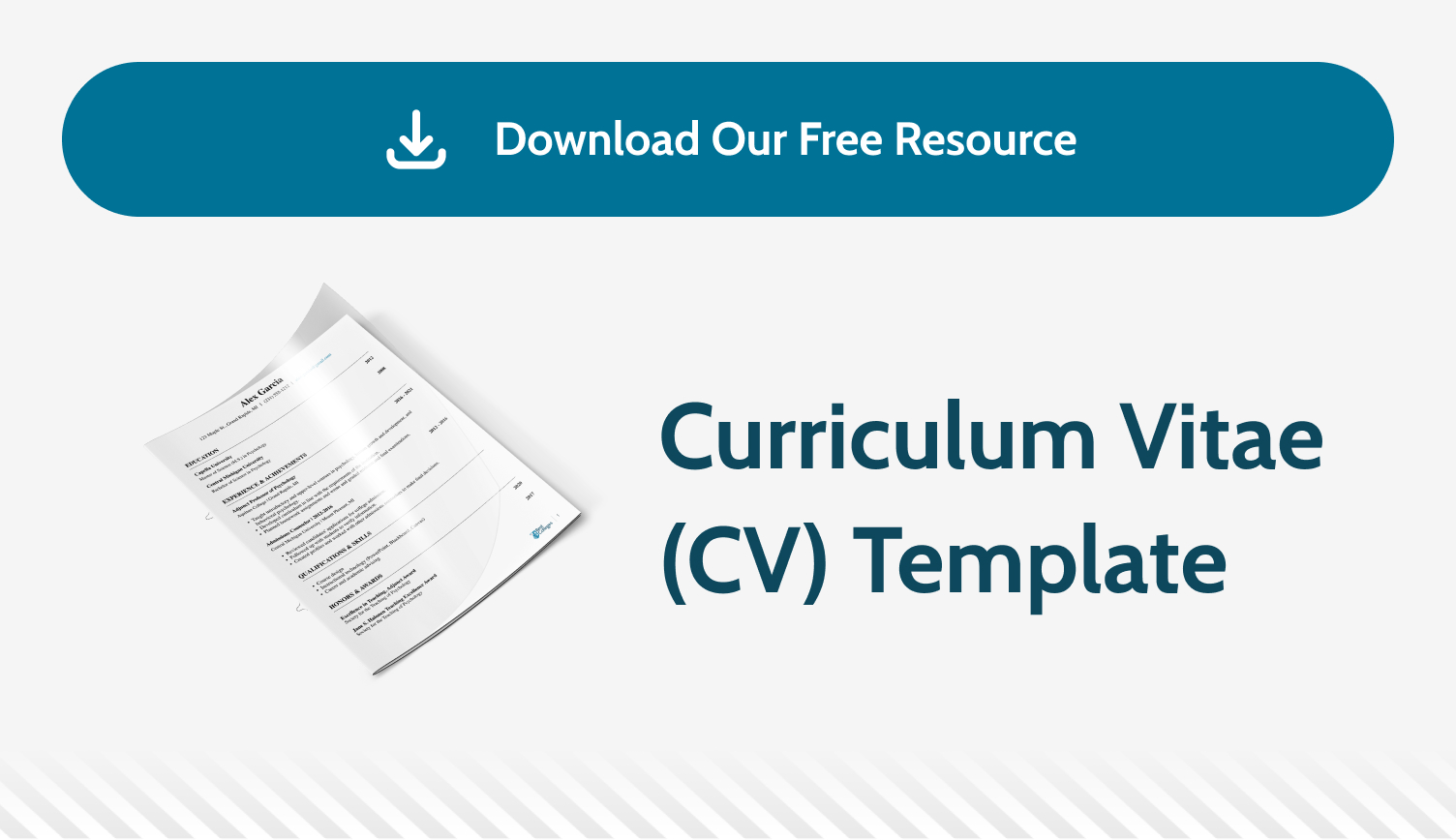Writing a CV (Curriculum Vitae) in English can be a daunting task, especially if you are not familiar with the format and structure required. However, with a few tips and guidelines, you can create a professional and effective CV that highlights your skills, experience, and qualifications.
1. Start with a heading: Begin your CV with your name and contact information at the top of the page. Include your full name, address, phone number, and email address. Make sure to use a clear and professional font for easy readability.
2. Write a personal statement: Following your contact information, include a brief personal statement that summarizes your skills, experience, and career goals. This should be a concise overview of who you are and what you have to offer potential employers.
3. Highlight your education: List your education in reverse chronological order, starting with your most recent degree or certification. Include the name of the institution, the degree or certification obtained, and the dates attended. You can also include any relevant coursework or academic achievements.
4. Showcase your work experience: List your work experience in reverse chronological order, starting with your most recent position. Include the name of the company, your job title, and the dates worked. Provide a brief description of your responsibilities and accomplishments in each role.
5. Include relevant skills: Highlight your key skills and abilities that are relevant to the job you are applying for. This can include technical skills, language proficiency, and soft skills such as communication and teamwork.
6. List any certifications or professional memberships: If you have any relevant certifications or memberships in professional organizations, be sure to include them on your CV. This can demonstrate your commitment to ongoing professional development and enhance your qualifications.
7. Customize your CV for each job application: Tailor your CV to the specific requirements of each job you apply for. Highlight the skills and experiences that are most relevant to the position and demonstrate how you are a strong fit for the role.
8. Proofread and edit: Before submitting your CV, be sure to proofread it carefully for any errors or typos. Make sure the format is consistent and easy to read. Consider asking a friend or mentor to review your CV for feedback.
In conclusion, writing a CV in English requires attention to detail, clarity, and professional formatting. By following these guidelines and tips, you can create a strong and effective CV that showcases your qualifications and experience to potential employers. Good luck!
